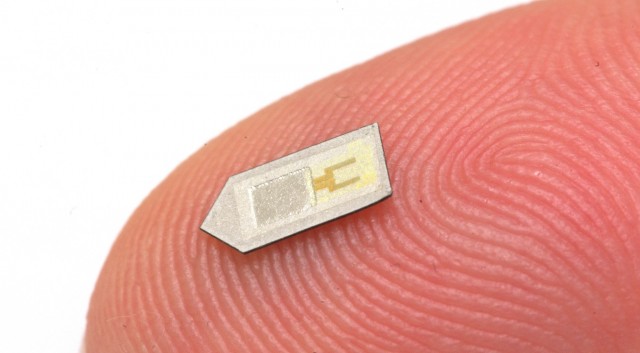Biodegradable Microchips Programmable Microbiochip (Structure and Function) PhD Nano _ Microelectronics
Researcher and author: Dr. ( Afshin Rashid)
Note: Biodegradable microchips Programmable microchips are compact sets of electronic circuits that are built to very small dimensions. Generally, the task of biological detection is the responsibility of this type of microbiobs. The biggest advantage of these biochips is their programming for cell detection and enzymes.
Biological Micropiochips Programmable microbiochips are essentially miniaturized laboratories that can perform hundreds or thousands of biochemical reactions simultaneously. Biochips enable researchers to perform a wide range of biological analyzes for a variety of purposes, from diagnosing disease to identifying bioterrorism agents. Digital microfluidic biochemistry has become one of the most promising technologies in many biomedical fields. In a digital microfluidic biochemistry, a group of (adjacent) cells in a microfluidic array can be configured to act as storage, functional functions, as well as for the dynamic transfer of liquid droplets.
Biological microchips A programmable or bioprocessor micro-biochip that uses biomodern technologies andmicro- scale electronics . Biochips are basically small laboratories where Commodore performs hundreds or many of the same biochemical responses. Biochips enable scientists to claim large amounts of live analysis to a set of goals. In an advanced microfluidic biochip, units are assembled in microfluidic sections to perform efficient operations on image storage as well as liquid droplet transfer.
Researcher and author: Dr. ( Afshin Rashid)
PhD in Nano-Microelectronics



